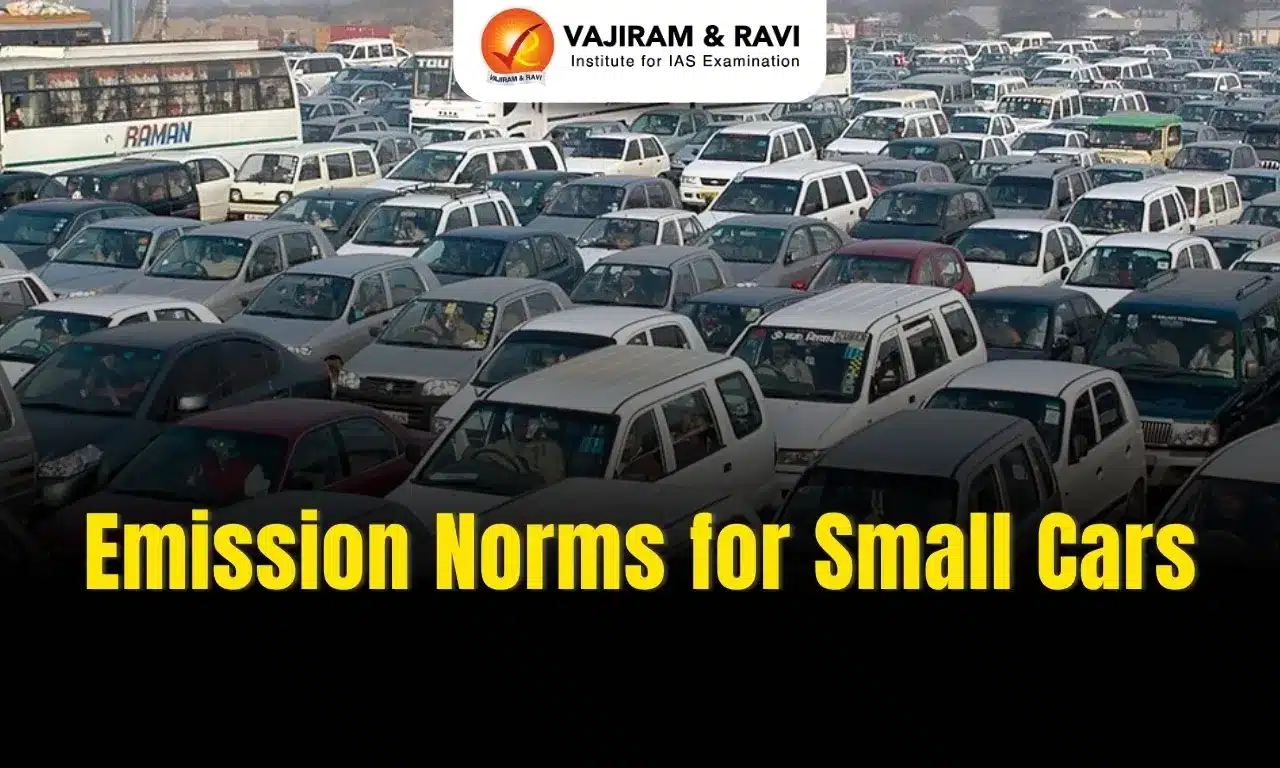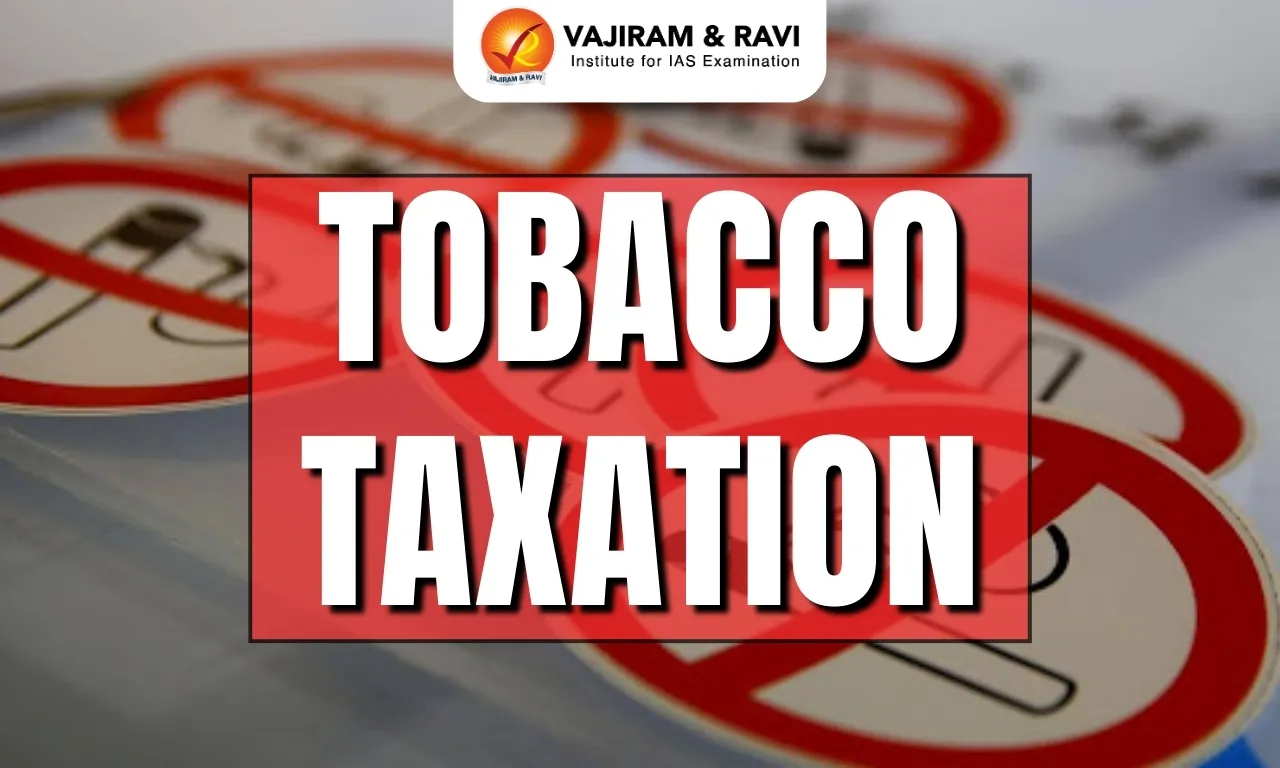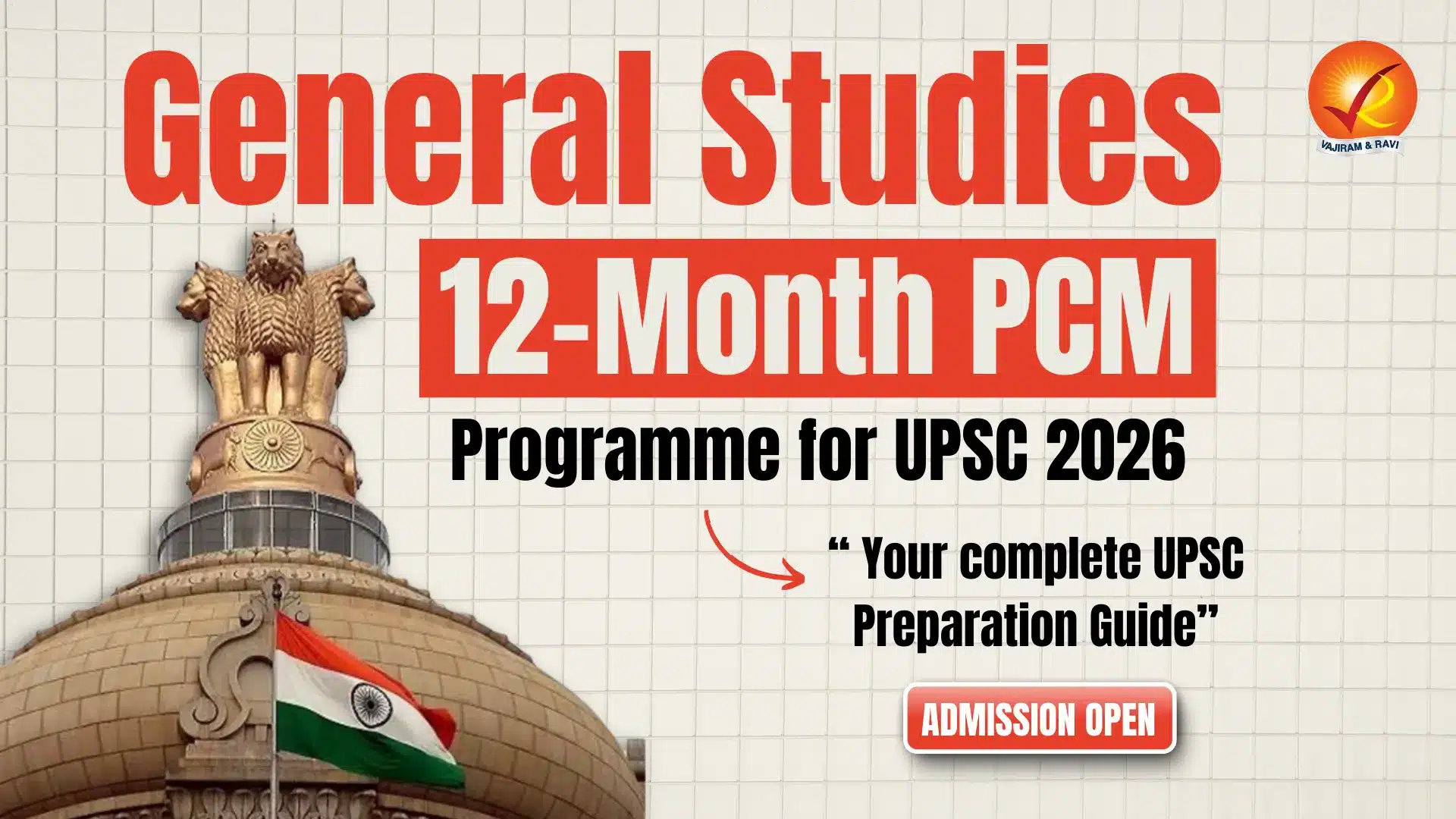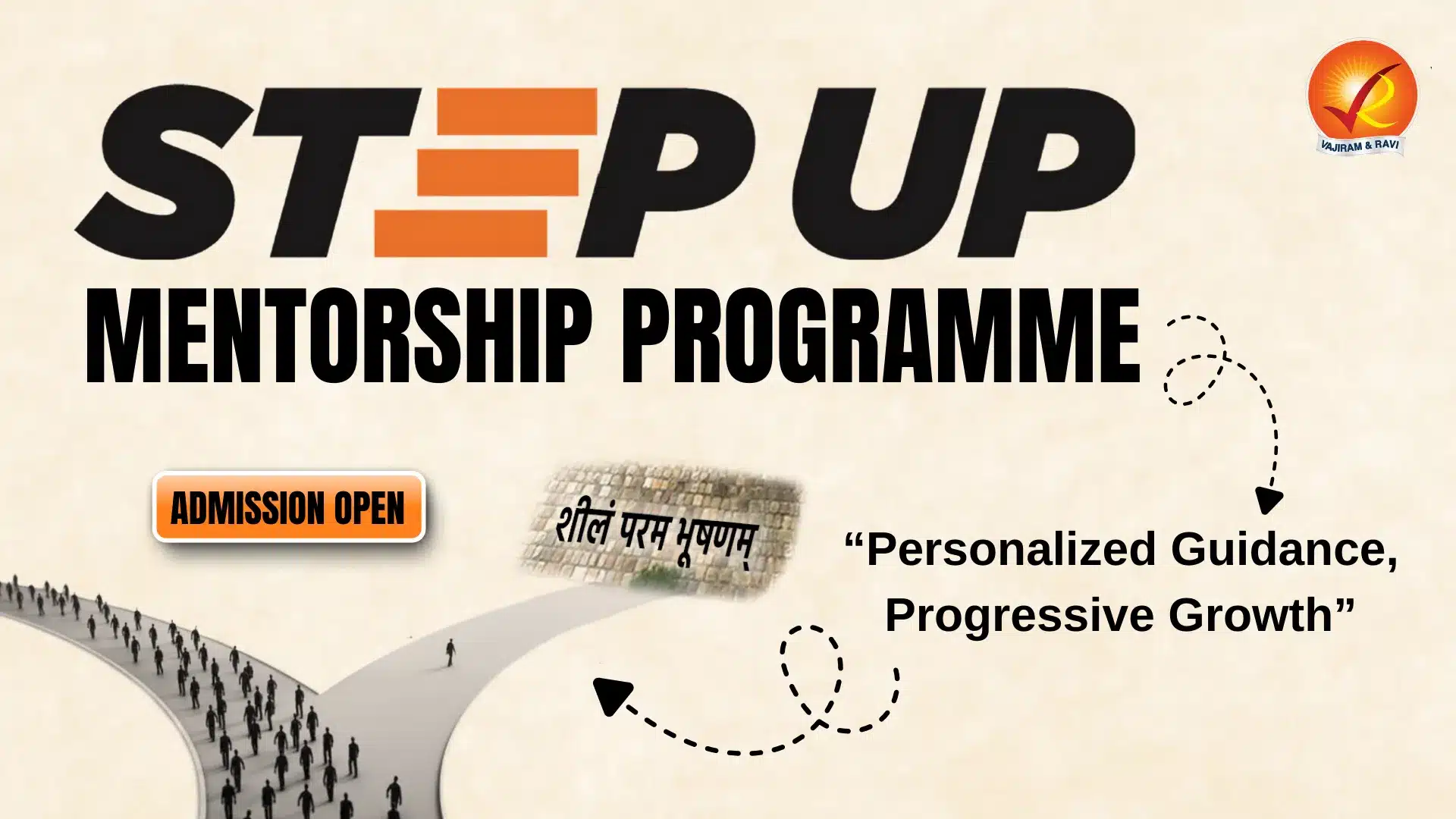Emission Norms for Small Cars Latest News
new study by researchers at Nomura suggests that India should reform its Corporate Average Fuel Efficiency (CAFE) norms to align with global best practices by including protection measures for small cars.
India’s CAFE Norms
- Corporate Average Fuel Efficiency (CAFE) norms are government-mandated standards that require auto manufacturers to meet a fleet-wide average fuel economy target.
- India’s CAFE norms, introduced by the Bureau of Energy Efficiency (BEE) in 2017, aim to regulate fuel consumption and CO₂ emissions from passenger vehicles under 3,500 kg.
- In India, CAFE norms were introduced in two phases, with the first stage effective from 2017-18 and the second from 2022-23.
- These norms apply to vehicles powered by petrol, diesel, LPG, CNG, hybrids, and electric power.
Objective: Lower Emissions and Oil Dependence
- CAFE norms were designed to:
- Reduce oil imports
- Cut air pollution
- Promote cleaner vehicles like EVs, CNG cars, and hybrids
- Tighter norms were enforced in 2022–23, with penalties for non-compliance. Manufacturers were required to achieve:
- Fuel consumption ≤ 4.78 litres/100 km
- CO₂ emissions ≤ 113 g/km
Heavier Cars Get Relaxed Targets
- Under India’s CAFE system, heavier vehicles are allowed higher absolute CO₂ emissions, making it easier for large SUVs and premium cars to comply.
- Meanwhile, smaller, lighter cars face stricter targets, even if their emissions are already low.
Call to Reform India’s Emission Norms for Small Cars
- A recent study by Nomura researchers has urged India to reform its CAFE framework to align with global best practices.
- The study recommends incorporating protection mechanisms for small, lightweight cars, similar to what is done in major automobile markets like the US, EU, China, Japan, and Korea.
Current Linear Weight-Based Approach Flawed
- India’s current CAFE norms follow a linear weight-based system, where lighter vehicles are subject to more stringent CO₂ targets.
- The study highlights a contradiction: a heavy SUV emitting 130g/km CO₂ (Model A) is compliant, while a small car emitting just 100g/km (Model B) is non-compliant. T
- This creates a structural bias—penalising small cars with lower emissions, while allowing heavier, more polluting vehicles to meet norms more easily.
Impact on Small Car Market and Decarbonisation
- Manufacturers try to reduce emissions by lightweighting, but the CAFE framework assigns even stricter targets to lighter vehicles.
- Thus, entry-level small cars—already efficient—struggle to meet their moving goalposts, discouraging further innovation in this segment.
- The lack of regulatory protection has discouraged lightweighting, a critical strategy for decarbonisation.
- Manufacturers like Maruti Suzuki have been lobbying for a relaxation in norms for this category.
Global Practices: Relaxed Emission Norms for Small Cars
Researchers highlight how major auto markets adopt flexible emissions frameworks to protect small, fuel-efficient vehicles, unlike India’s linear approach.
United States: Fixed Targets for Smaller Cars
- The US uses a piecewise linear approach based on vehicle footprint.
- For cars below a specific size, fuel economy targets remain fixed.
- This prevents disproportionately stricter norms as cars get smaller.
China: Constant Targets Below Weight Threshold
- China follows a similar strategy:
- For cars below a certain curb weight, fuel consumption targets become constant.
- This avoids punishing lighter cars with tighter norms.
South Korea: Constant Targets and Bonus Credits
- For small cars under a defined curb weight, targets stay constant.
- Manufacturers also receive a 5–7g/km bonus on CAFE scores based on small car sales share.
Japan: Non-Linear Norms to Protect Small Cars
- Japan adopts a non-linear emissions approach by ensuring light cars aren’t disproportionately penalised, encouraging efficient, small vehicle production.
European Union: Inverted Slope Benefits Small Cars
- Europe has a negative slope (-0.0144) in its CAFE framework.
- Larger cars face tighter CO₂ limits, while smaller cars enjoy relaxed targets, promoting their use.
Last updated on January, 2026
→ Check out the latest UPSC Syllabus 2026 here.
→ Join Vajiram & Ravi’s Interview Guidance Programme for expert help to crack your final UPSC stage.
→ UPSC Mains Result 2025 is now out.
→ UPSC Notification 2026 is scheduled to be released on January 14, 2026.
→ UPSC Calendar 2026 is released on 15th May, 2025.
→ UPSC Prelims 2026 will be conducted on 24th May, 2026 & UPSC Mains 2026 will be conducted on 21st August 2026.
→ The UPSC Selection Process is of 3 stages-Prelims, Mains and Interview.
→ UPSC Result 2024 is released with latest UPSC Marksheet 2024. Check Now!
→ UPSC Toppers List 2024 is released now. Shakti Dubey is UPSC AIR 1 2024 Topper.
→ Also check Best IAS Coaching in Delhi
Emission Norms for Small Cars FAQs
Q1. What are India’s CAFE norms? +
Q2. Why are small cars disadvantaged under current norms? +
Q3. How do other countries handle emissions for small cars? +
Q4. What impact does this have on the market? +
Q5. What reforms are being suggested? +
Tags: emission norms for small cars mains articles upsc current affairs upsc mains current affairs

















